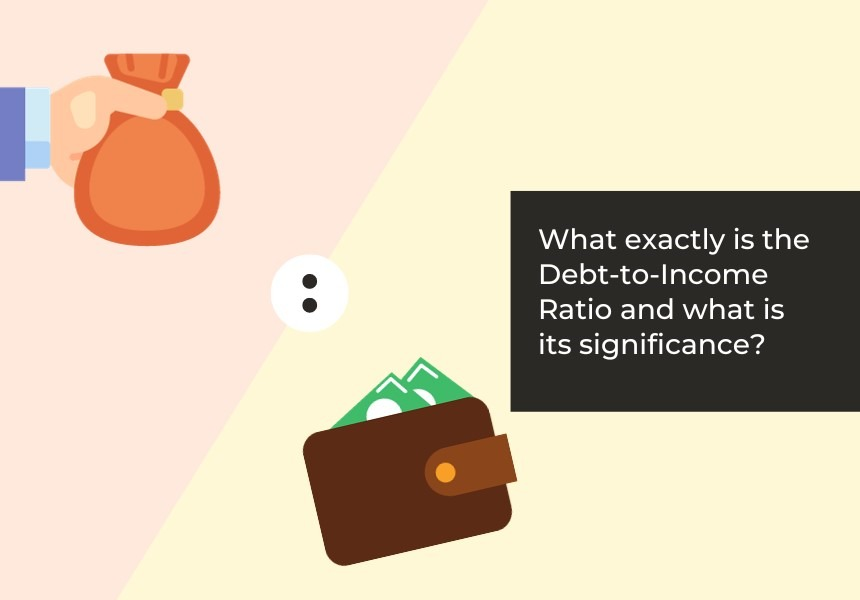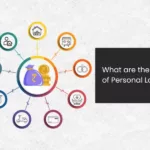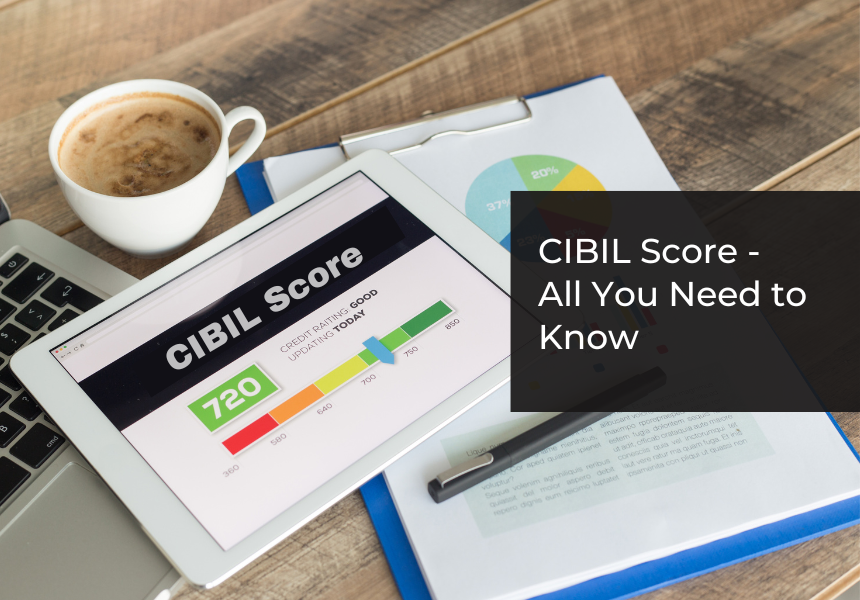
The debt-to-income ratio compares all of your monthly debt payments to your gross monthly income. In other words, it is the portion of your monthly income that goes towards debt repayment. The bills include any type of liability, such as monthly credit card payments, personal loan EMIs, vehicle loan EMIs, home loan repayments, and any other bills you may be repaying. A simple formula is used to compute the debt-to-income ratio, which is (Monthly debt payments/Gross monthly income) x 100 = Debt-to-income ratio.
Main Reasons Why Your Debt-to-Income Ratio Matters.
It determines your loan eligibility
A high debt-to-income ratio hinders your ability to obtain new loans and credit. Because your existing debt levels are significant, lenders will consider your repayment capacity to be reduced. If your DTI ratio is lower, it will be easier to obtain a new loan or apply for a new credit card.
It has a significant impact on the credit limitations
Even if you qualify for a new loan or credit facility, the DTI ratio will determine how much you can borrow. Lower credit limits will result from a high DTI ratio since lenders may be unsure whether your present income is sufficient to repay bigger amounts of debt.
A high Debt-to-Income Ratio will make it tough for you to achieve other financial goals
If you spend more than 80% of your monthly income on debt payments, you may want to work on lowering your debt. The more debt you carry, the less net income you have to put towards your emergency fund, retirement plan or other financial goals. Remember that lowering your debt-to-limit ratio will give your budget more breathing room and make it easier to qualify for loans with better terms.
Well, there are some steps you can take to reduce your DTI ratio to acceptable levels. Purchases that are not absolutely necessary should be postponed, look for ways to supplement your primary income and avoid taking on new debt until your ongoing loans are paid off. Furthermore, if possible, you can increase the EMIs on your personal loan or any other loan. This will temporarily raise your DTI ratio, but it will ultimately help you close your loan faster. This, in turn, will cut your debt-to-income ratio again.
What Are the limitations of Debt to Income Ratio?
A financial indicator called the debt-to-income ratio (DTI) compares a person’s monthly debt payments to their monthly gross income. However, DTI has limitations that borrowers should be aware of. Primarily, it does not consider other financial obligations which could affect a borrower’s ability to repay debts. Next, a low DTI does not necessarily mean a good credit score or history, which lenders consider while assessing a borrower’s risk. Lastly, DTI thresholds vary between lenders and loan types. Therefore, it’s important to consider other factors while evaluating one’s financial situation rather than relying solely on DTI.
Conclusion
Lenders utilise the debt-to-income ratio (DTI), a crucial financial data, to determine a borrower’s capacity to pay back debts. It compares an individual’s monthly debt payments to their monthly gross income. A low DTI indicates a borrower’s financial stability, making them eligible for better loan terms and interest rates. However, DTI has limitations and should not be the sole factor in evaluating one’s financial health. A holistic view of one’s financial situation, including credit score, credit history, and other financial obligations, is crucial to make informed financial decisions.








